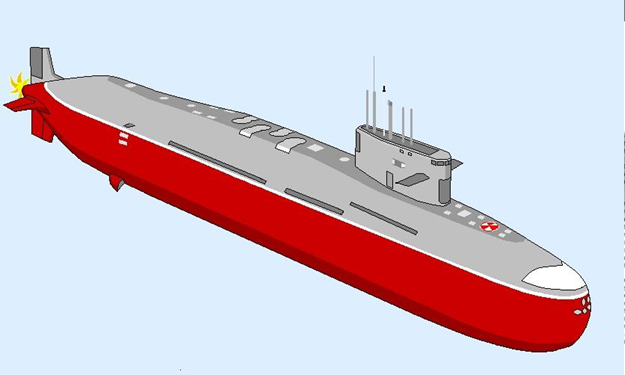Part 1 of 3 Parts
Although India has not released any official statements about the size of its nuclear arsenal, recent estimates suggest that India has one hundred and seventy-two nuclear weapons and has produced enough weapons-grade plutonium for up to two hundred nuclear weapons. In 1999, India was estimated to have eighteen hundred pounds of separated reactor-grade plutonium, with a total amount of eighteen thousand three hundred pounds of civilian plutonium, enough for approximately one thousand nuclear weapons. India has conducted nuclear weapons tests in a pair of series namely Pokhran I and Pokhran II.
India’s nuclear program can trace its origins to March 1944 and its three-stage efforts in technology were established by Homi Jehangir Bhabha when he founded the nuclear research center, the Tata Institute of Fundamental Research. India first tested a nuclear device in 1974 (code-named “Smiling Buddha”), under Prime Minister Indira Gandhi as a peaceful nuclear explosion.
India’s second nuclear-capable ballistic missile submarine was deployed late last month. The nuclear-powered sub is called INS Arighaat which means “Destroyer of the Enemy” in Sanskrit. This is a move the government says strengthens its nuclear deterrent as India casts a wary eye at both China and Pakistan.
But India is still playing catch-up when compared with China, as the People’s Liberation Army grows its fleet amid simmering tensions along their shared border.
The new sub will “help in establishing strategic balance” in the region according to Indian Defense Minister Rajnath Singh. He mentioned the new sub at an August 29 commissioning ceremony at Visakhapatnam naval base, the headquarters of India’s Eastern Naval Command on the Bay of Bengal coast.
That balance currently tilts in favor of China which has the world’s largest navy by numbers. It includes six operational Jin-class nuclear-powered ballistic submarines that outclass India’s two – Arighaat and its predecessor in the same class, INS Arihant – in firepower.
The Chinese subs can carry a dozen ballistic missiles with ranges of at least 4,970 miles. They have the ability to carry multiple nuclear warheads, according to the Missile Defense Advocacy Alliance, a non-profit organization promoting the development and deployment of missile defense for the United States and its allies.
Arighaat and Arihant are both three hundred and sixty-six feet long with a six-thousand-ton displacement They each carry K-15 Sagarika ballistic missiles that can be launched from four vertical launch tubes. However, the range of the nuclear-tipped K-15 is thought to be only around 466 miles, limiting the targets that can be struck from the Indian Ocean. This information was reported in an analysis by the open-source intelligence agency Janes,
Carl Schuster is a former director of operations at the US Pacific Command’s Joint Intelligence Center. He said, “The INS Arihant-class can barely reach Chinese targets along the eastern Sino-Indian border from the coastal waters of northern Bay of Bengal, which is dangerously shallow for a submarine.”
The de facto border between India and China is known as the Line of Actual Control. It has been a longtime flashpoint between the two. Troops clashed there in 2022 and in 2020, when hand-to-hand fighting between the two sides resulted in the deaths of at least 20 Indian and four Chinese soldiers in Aksai Chin.
Please read Part 2 next
Nuclear Weapons 874 – India Launches Another Nuclear Capable Nuclear-Powered Submarine – Part 1 of 3 Parts

